

Automatic Spray Paint Machine/liquid Painting Line For Sale

Agitator Mixer Double Jacketed Cream Cosmetics Mixing Tank Stainless Steel 304/316 Vacuum Agitator Mixing Machine


Powder Coating Spray Booth Automatic Powder Coating Machine Powdercoating Booth System For Powder Spray Booth With Powder Recycling System


Gema Optiflex Replacement Electrostatic Paint Powder Coating Spray Equipment Machine New Condition Core PLC Drying Oven Steel

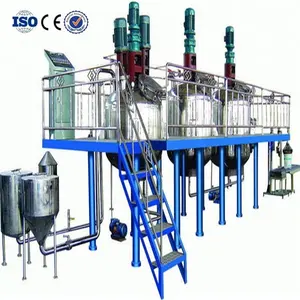
Acrylic paint equipment/paint making machine/complete paint manufacturing line

Shanghai FARFLY paint making machines,paint manufacturing equipment

paint making machines / paint manufacturing equipment
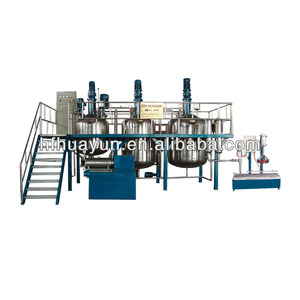
Paint Manufacturing Equipment/paint production line
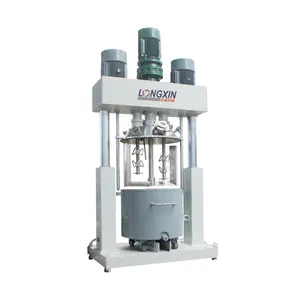
paint manufacture equipment/stainless steel mixing tank

Shanghai FARFLY paint making machines,paint manufacturing equipment

Cream Beverage Paint Equipment Products Low Price Manufacture Environmental Device Vessel Mixing Tank
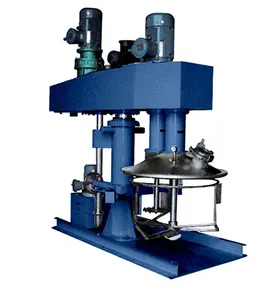
ESPREAD High Quality Paint Manufacturing Equipment 1-10000L Capacity Mixer Disperser
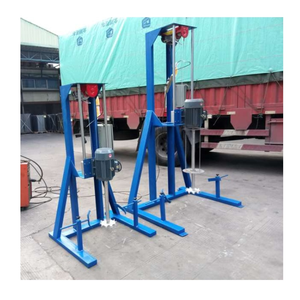
Paint Mixing Mixer Paint Mixing Machine Latex Paint Factory Production Line High Speed Disperser Manufacturing Equipment

Paint Manufacturing Equipment / Stainless Steel Mixing Bucket, Paint Mixer
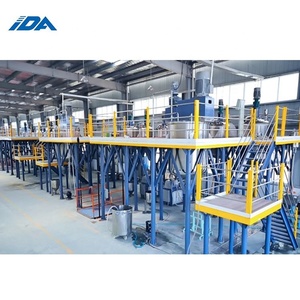
Intelligence Control Integration Paint Manufacturing Equipment /Paint Production Line In Chemical Industry
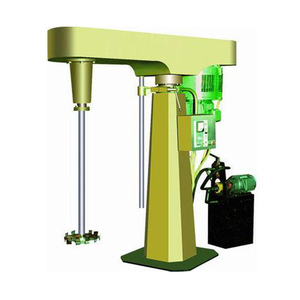
China Anti-rust Paint Making Machine/Paint Manufacturing Equipment

18.5Kw Paint Making Machines / Paint Manufacturing Equipment Paint Making Machines
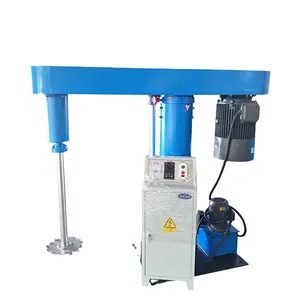
Mixer paint mixing machine latex paint factory production line high speed disperser manufacturing equipment
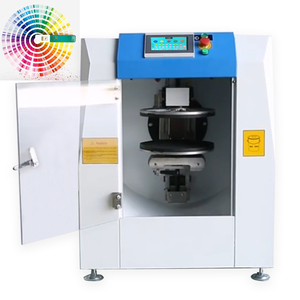
Waterborne paint latex paint paint computer computer automatic toner toner equipment manufacturer
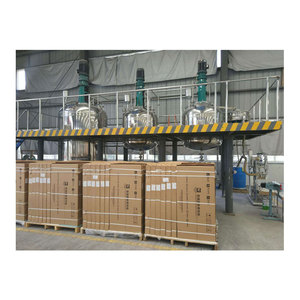
filling mixer equipment automatic car paint manufacturing equipment mixing computerized tinting machine paint making machines

printing ink mixing machine paint mixing machine ink manufacturing equipment

Alkyd resin mixed paint hydraulic lift high speed disperser mixing equipment manufacturers

Paint Manufacturing Equipment/Powder Paint Making Equipment

Electric heating homogenizer mixing tank paint manufacturing equipment

100L stainless steel Paint making machine paint manufacturing equipment

CYJX Paint Adhesive Paste Making Machinery Paint Manufacturing Equipment chemical machinery equipment

Mixing Equipment For Manufacturing Plant paint mixing machine ink manufacturing equipment

New design paint manufacture equipment/stainless steel mixing tank with low price
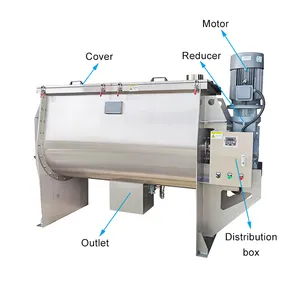
300-10000L real stone paint mixing machine/horizontal lacquer making machine equipment/chemical mixer machinery price
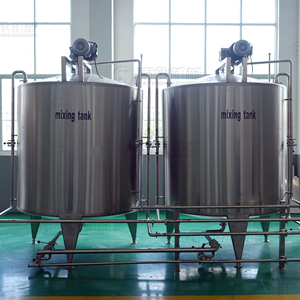
liquid mixing tank with agitator tank agitator heater making equipment
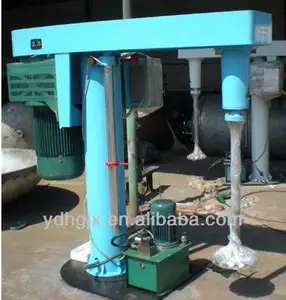
paint manufacturing equipment/stainless steel mixing tank/paint mixer
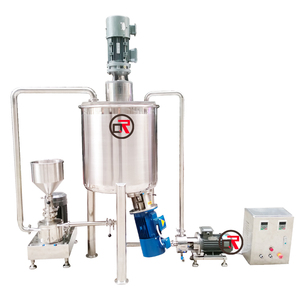
Liquid mixing yogurt cream homogenizer emulsifier mayonnaise mixing tank mixing equipment
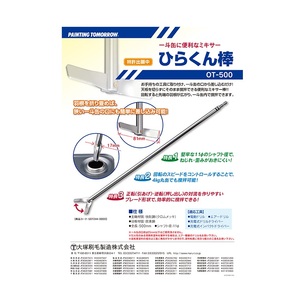
Chemical Agitator Price Equipment Mixing Industrial Liquid Portable Paint Mixer

High Speed Industrial Paint Mixing Machine Chemical Manufacturing Machine Wall Paint Production Equipment

5 gallon shampoo liquid soap detergent making machine/mixer/mixing machine/blending equipment
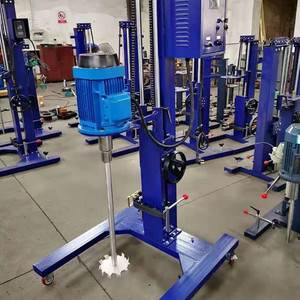
Liquid Solid Dispersing Machine/Different Speed Products Mixing Machine/Chemical Raw Materials Fully Mixing Equipment
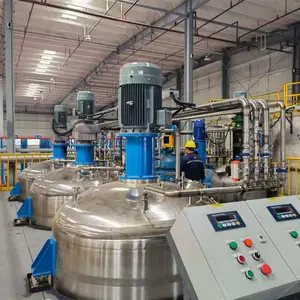
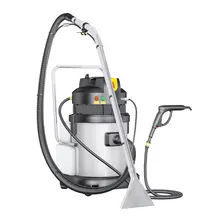



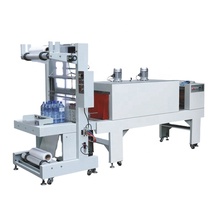


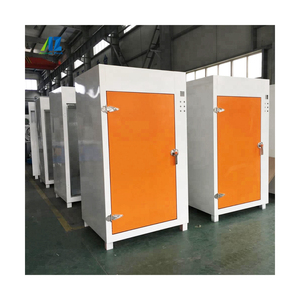
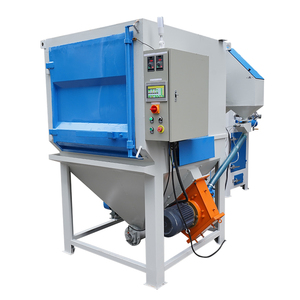




























 浙公网安备 33010002000092号
浙公网安备 33010002000092号 浙B2-20120091-4
浙B2-20120091-4